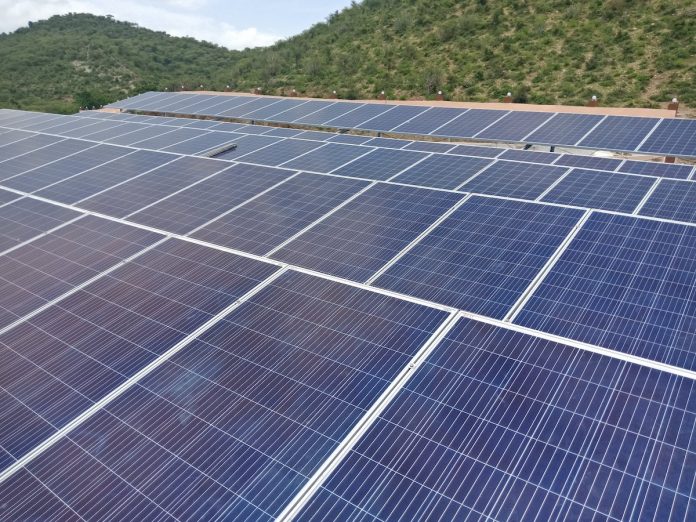From the Sun to Your Home: A History of Solar Panels
In recent years, there has been a major push to incorporate solar technology into our homes and businesses, with homeowners taking advantage of tax credits and other incentives to cover the costs of installing rooftop solar arrays. Take a look of a short history of solar panels.
Given the many benefits of solar energy, it is clear that this technology is here to stay. From harnessing clean energy to reducing our carbon footprint, solar panels are helping us to build a more sustainable future for ourselves and for generations to come.
So let’s get more information on solar panels and see how they continue to evolve!
History of Solar Panels: discovery of solar energy
Solar energy is one of the most promising alternative energy sources, with many detailed scientific studies and discoveries contributing to its development.
The concept was first developed in 1839 by Alexandre Edmond Becquerel, who observed that certain materials would generate electricity when exposed to sunlight. Since then, countless scientists and engineers have made key advancements in our understanding of solar energy.
One of the most significant breakthroughs came in 1954 when researchers at Bell Labs discovered that silicon-based solar cells could convert sunlight into electricity much more efficiently than any previous material.
This discovery led to further research on alternative materials for solar cells, eventually resulting in photovoltaic technology being used in everything from residential solar panels to spacecraft.

Early uses of solar energy
Historically, the use of solar energy can be traced back to ancient times, when people began harnessing the sun’s energy through simple techniques like a magnifying glass to produce fire.
But it wasn’t until more recently that scientists and engineers started using solar panels as a viable source of energy. These panels work by converting light into electricity, making them a powerful way to generate clean, renewable energy.
Here are some examples of early uses of solar energy:
- Powering small devices such as calculators and watches
- Satellites
- Lighthouses
- Ocean buoys
- Traffic lights
Today, there are numerous applications for solar energy, from powering individual homes and businesses to large-scale installations that provide electricity for entire cities.

Solar panels in the modern era
Solar panels have come a long way since they were first developed in the late 19th century. In the early days, they were used mostly for powering small devices like calculators and clocks. However, modern solar panels are much more sophisticated and can be used to generate electricity for homes and businesses.
Solar panels work by absorbing sunlight and converting it into electrical energy. They are typically made from silicon, which is an excellent material for absorbing and converting sunlight into electricity.
Solar panels are usually mounted on the roof of a building and connected to the electrical grid. This allows them to generate electricity during the daytime when the sun is shining and store it for use at night or during cloudy weather.
Solar panels have many advantages over traditional forms of energy generation, such as coal and natural gas. They are renewable, meaning that they will never run out like fossil fuels. They are also clean, emission-free, and quiet.
In many parts of the world, solar energy is now cheaper than traditional forms of energy generation. This trend is expected to continue as solar technology continues to improve and become more efficient.
How solar panels work
Solar panels are made up of many small solar cells. These cells are made of two different types of semiconductor materials, usually silicon.
When sunlight hits the cell, it sets off a chemical reaction that generates electricity. The electricity generated by the solar cell can then be used to power electronic devices or be stored in batteries for later use.
The future of solar energy
Solar energy is one of the most promising renewable energy sources available today. Unlike fossil fuels, which are finite and release harmful pollutants into the atmosphere, solar energy is both environmentally friendly and virtually limitless.
In recent years, there has been a growing interest in harnessing the power of the sun to generate electricity. However, solar technology still faces some challenges.
One of the main challenges is storage; because solar panels only generate electricity when the sun is shining, it can be difficult to store solar energy for use on cloudy days or at night.
Another challenge is cost; while the initial investment in solar panels can be high, the long-term costs are much lower than those of traditional energy sources.
Despite these challenges, the future of solar energy looks bright. As battery technology continues to improve and costs continue to decline, more and more people are likely to switch to solar energy in the coming years.
In addition, as concern about climate change grows, governments and businesses are increasingly investing in renewable energy sources like solar energy.
With continued advances in technology and increasing awareness of the need to reduce greenhouse gas emissions, solar energy is poised to play a major role in meeting our future energy needs.
Thank you for reading From the Sun to Your Home: A History of Solar Panels





